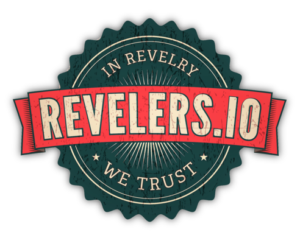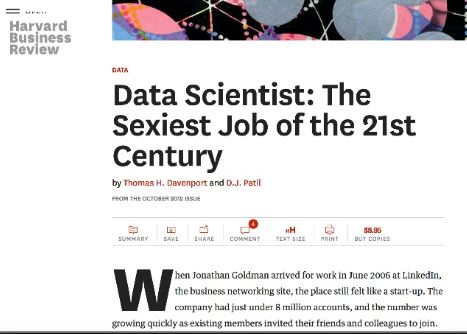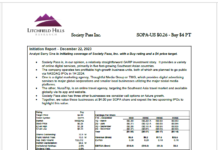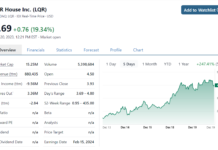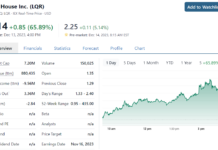The top trophy hire in data science is elusive, and it’s no surprise: a “full-stack” data scientist has mastery of machine learning, statistics, and analytics. When teams can’t get their hands on a three-in-one polymath, they set their sights on luring the most impressive prize among the single-origin specialists. Which of those skills gets the pedestal?
Today’s fashion in data science favors flashy sophistication with a dash of sci-fi, making AI and machine learning the darlings of the job market. Alternative challengers for the alpha spot come from statistics, thanks to a century-long reputation for rigor and mathematical superiority. What about analysts?
Analytics as a second-class citizen
If your primary skill is analytics (or data-mining or business intelligence), chances are that your self-confidence has taken a beating as machine learning and statistics have become prized within companies, the job market, and the media.
But what the uninitiated rarely grasp is that the three professions under the data science umbrella are completely different from one another. They may use some of the same methods and equations, but that’s where the similarity ends. Far from being a lesser version of the other data science breeds, good analysts are a prerequisite for effectiveness in your data endeavors. It’s dangerous to have them quit on you, but that’s exactly what they’ll do if you under-appreciate them.
Instead of asking an analyst to develop their statistics or machine learning skills, consider encouraging them to seek the heights of their own discipline first. In data science, excellence in one area beats mediocrity in two. So, let’s examine what it means to be truly excellent in each of the data science disciplines, what value they bring, and which personality traits are required to survive each job. Doing so will help explain why analysts are valuable, and how organizations should use them.
Excellence in statistics: rigor
Statisticians are specialists in coming to conclusions beyond your data safely — they are your best protection against fooling yourself in an uncertain world. To them, inferring something sloppily is a greater sin than leaving your mind a blank slate, so expect a good statistician to put the brakes on your exuberance. They care deeply about whether the methods applied are right for the problem and they agonize over which inferences are valid from the information at hand.
The result? A perspective that helps leaders make important decisions in a risk-controlled manner. In other words, they use data to minimize the chance that you’ll come to an unwise conclusion.
Excellence in machine learning: performance
You might be an applied machine learning/AI engineer if your response to “I bet you couldn’t build a model that passes testing at 99.99999% accuracy” is “Watch me.” With the coding chops to build both prototypes and production systems that work and the stubborn resilience to fail every hour for several years if that’s what it takes, machine learning specialists know that they won’t find the perfect solution in a textbook. Instead, they’ll be engaged in a marathon of trial-and-error. Having great intuition for how long it’ll take them to try each new option is a huge plus and is more valuable than an intimate knowledge of how the algorithms work (though it’s nice to have both). Performance means more than clearing a metric — it also means reliable, scalable, and easy-to-maintain models that perform well in production. Engineering excellence is a must.
The result? A system that automates a tricky task well enough to pass your statistician’s strict testing bar and deliver the audacious performance a business leader demanded.
Wide versus deep
What the previous two roles have in common is that they both provide high-effort solutions to specific problems. If the problems they tackle aren’t worth solving, you end up wasting their time and your money. A frequent lament among business leaders is, “Our data science group is useless.” And the problem usually lies in an absence of analytics expertise.

